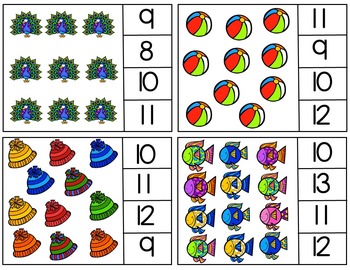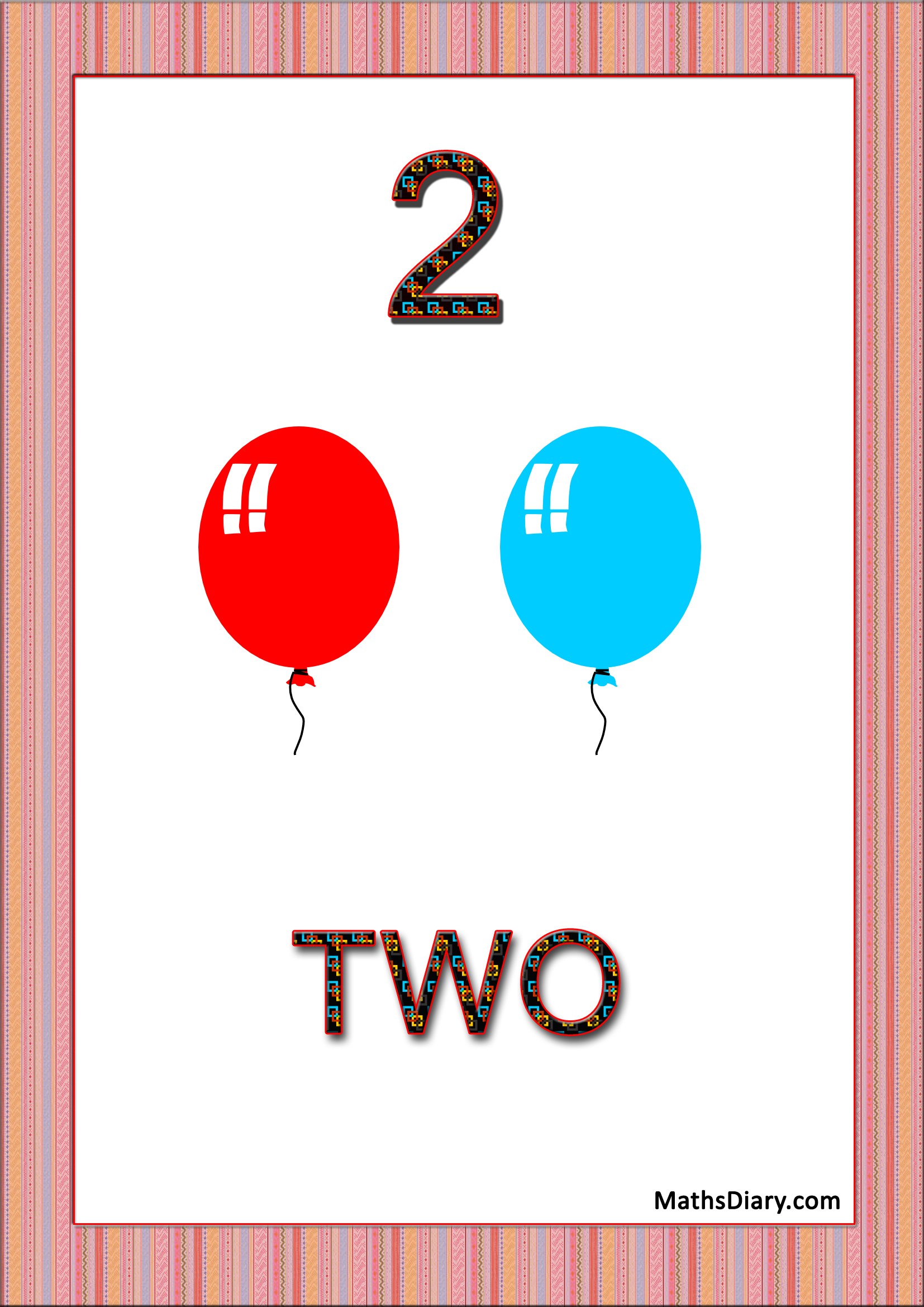
Print - the result list may be printed as well. This search option should not be confused with the object search that was carried out with the "Find in initial class" or "include subordinate class" search, as it will only search through the result list. Search - the result list may be searched through aswell to find specific objects. Sort Ascending / Sort Descending - the result list may be sorted in ascending or descending order. Change Layout - the result list's layout may be adjusted to include other details in the listing view. On the lower part of the screen, the objects that match the search criteria will be listed. On the left side of the screen, the class hierarchy is shown to enable simple navigation between classes and subclasses. In case no values were set for the characteristics in the search form, the result list will include all objects that have any values including none assigned to the characteristics in the classification of the material. To carry out the search, the buttons " Find in initial class" and " Include subordinate classes" above the search form may be used.

The search form will automatically list all characteristics that are maintained in the class for the class type. When the Class and Class type are added, by hitting enter the search form will be shown. Furthermore the search also allows users to filter the results of a search to objects which have specific values set for the characteristics in classification.

More precisely, the search function will find all materials that use the selected class with the given class type. The musical performance tools within Mainstage are fine, but increasing the ease with which layouts can be created and manipulated would help no end in leveraging the power of the program.The transaction C元0N enables users to search for objects in classes. These features all seem to be natural evolutions of what's already there. The raw numbers for displaying graphics on the screen must be stored somewhere within the program, so where's the harm in bringing them out into the UI for the user to tweak directly and thereby giving the user more exact control over the elements on screen? Also, where's the harm in establishing layers in the screen layout, to accommodate more real estate that could be toggled with hot keys like the screensets in Logic, or to hide away working layers that don't really need to be front and centre? The implementation of fonts is just common sense. But people are wanting to design interfaces for their entire rigs with precise display of custom graphics, and people are also finding that having one global page in layout mode doesn't give enough screen real estate to balance the power of the rest of the program. And Mainstage has many powerful features to do with playing music. Any chance of these things being considered for future updates? There was broad agreement that I should submit this list as a feature request, so here we are.

LAYOUTEDITOR NUMBERS TO OBJECT PATCH
a grid overlay and rulers with different kinds of snap proper implementation of fonts having access to instrument icons in performance mode tabs, to enable layers patch and set level objects, so you're not stuck with a set of Hammond drawbars on screen for the whole gig just because you use a Hammond in two numbers plugin UI display panels, to enable direct access to a plugin's controls in performance mode." There are so many things that would make it much better, like an object inspector, so we have access to the actual numbers for location and size etc. "The layout editor has not received any updates, improvements or significant bug fixes. These desired features arose out of a discussion about the Mainstage layout editor on Facebook.


 0 kommentar(er)
0 kommentar(er)
